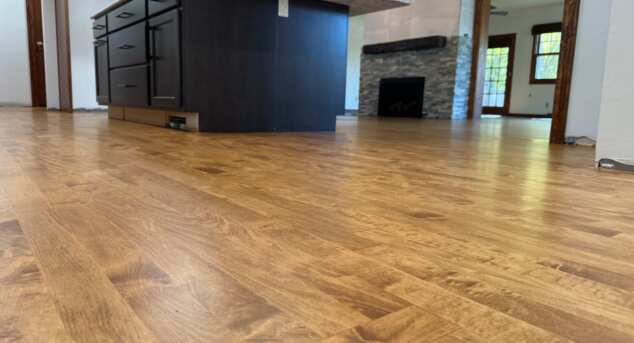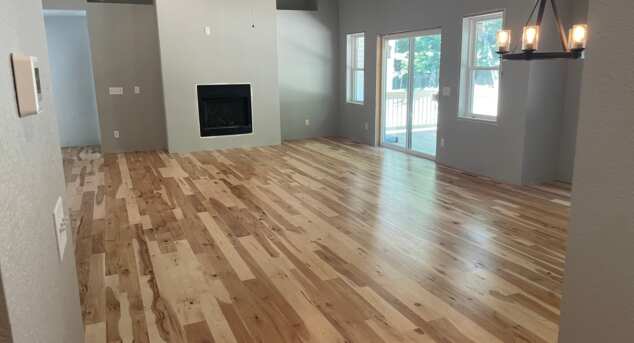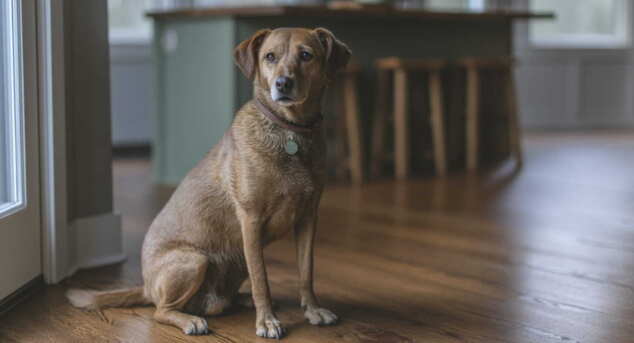How to Keep Your Furniture from Damaging Your Hardwood Floors
Posted by Aaron Schaalma

When you have a hardwood floor a top concern is keeping it looking fresh, clean and beautiful. There’s a major factor that many overlook when trying to keep hardwood floors healthy: furniture. If furniture isn’t properly prepped to sit on top of hardwood floors it can cause scratches, worn finish and even gouges in the wood. That’s something you definitely want to avoid. Here are some tips to protect your flooring from furniture damage.
Moving Furniture Around? Pick It Up!
One easy way to keep scratches out of your floor is by picking up your furniture when you move it. Avoid dragging or pushing furniture across the floor, as this can cause scratches from jagged furniture legs or debris stuck on them. It may take longer if you need to round up a couple friends to help you move furniture around, but a smooth wood floor is definitely worth the trouble.
Use an Area Rug
Keeping all your furniture on top of an area rug will create a buffer between the floor and the furniture legs. This stops dirt from being pushed around the floor and protects the floor from potentially rough furniture legs. Plus, an area rug is a great way to add color and character to a room!
Put Protectors on Your Furniture
Putting protectors on the bottom of your furniture is one of the best things you can do to keep scratches and dents out of your hardwood. There are 3 different ways to attach protectors to your furniture: tap-on, self-adhesive and slip-on.
TAP-ON
Tap-On protectors are held on by a small tack or hollowed nail. They are very secure, making them good for big, heavy furniture. However, you need to be careful to watch for any broken tap-on pads. Too much movement from the heavy furniture can damage them, exposing the nail and potentially scratching the floor.
SELF-ADHESIVE
Self-Adhesive pads are the most common and cheapest. They are the simple peel-and-stick protectors. They are extremely easy to use, but they also don’t last as long. Make sure to keep an eye on them to make sure they stay clean and attached to the furniture.
SLIP-ON
Slip-On protectors slid over chair legs. They are often made of soft plastic or rubber. If they fit properly, slip-on protectors will stay good and secure like the tap-on, but without the risk of a broken nail.
The variations don’t end in how you can apply these protectors. There are also 3 kinds to materials to choose from: plastic, rubber and felt.
PLASTIC
Plastic protectors are not typically recommended for use on hardwood floors. After time, they can wear down the hardwood finish and the hard material may create scratches.
RUBBER
Rubber protectors are best used with large, heavy furniture that does not typically move. If used on furniture that moves around a lot, such as kitchen chairs, they can leave scuffmarks. However, on furniture like living room couches that typically stay in one spot, rubber protectors work the best. They can even prevent the couch from sliding around when the kids jump on it.
FELT
Felt pads often work well on hardwood floors. However, be aware of the thickness as thin felt pads can wear down quickly to the plastic backing. Felt protective pads work best in high-traffic rooms of the house and with furniture that is often moved around, such as kitchen chairs. The soft texture will not wear down the finish or create gouges in the wood. Just keep an eye on any dust or debris that may collect on the felt and clear it off periodically.
Maintaining a beautiful floor is vital to having a breath-taking room. As you add furniture into a room with hardwood floors, keep these tips in mind to keep your floors smooth.



